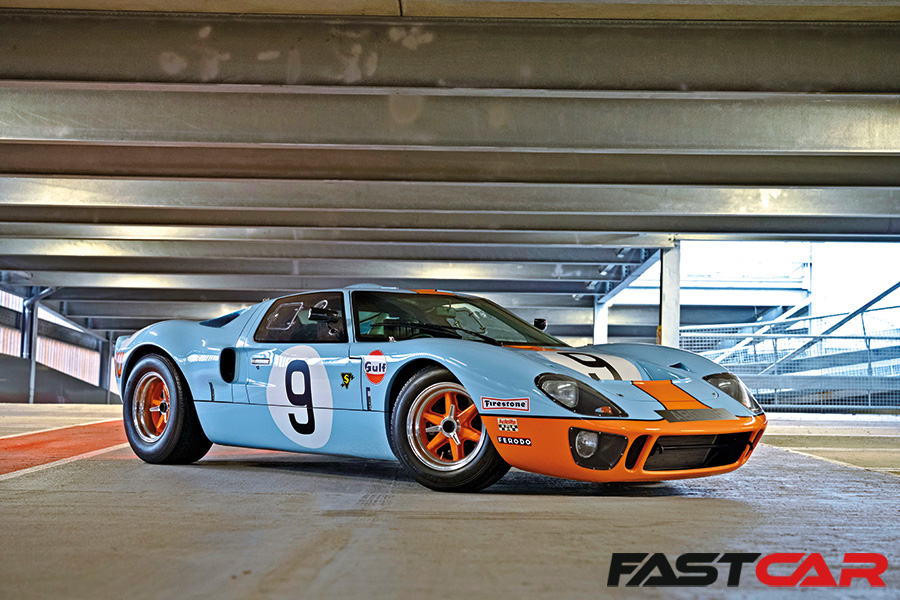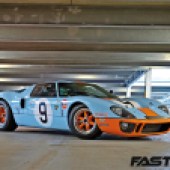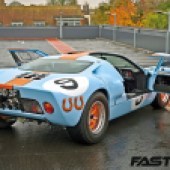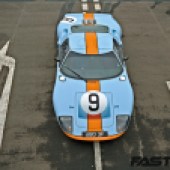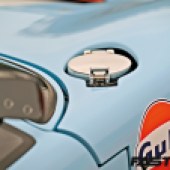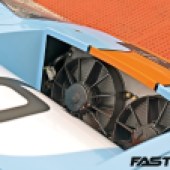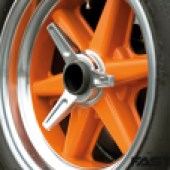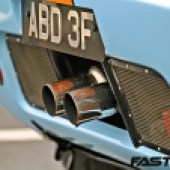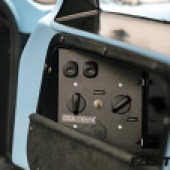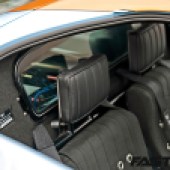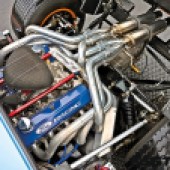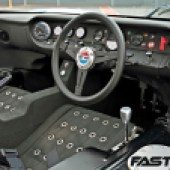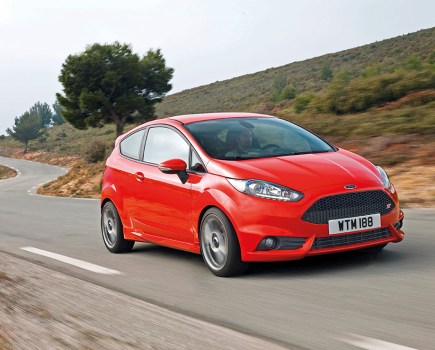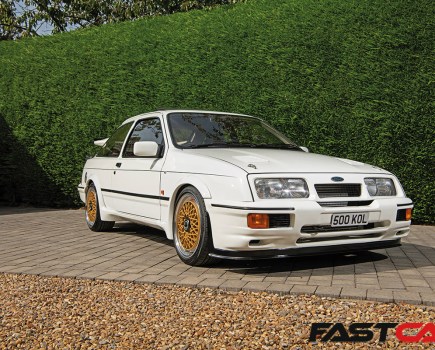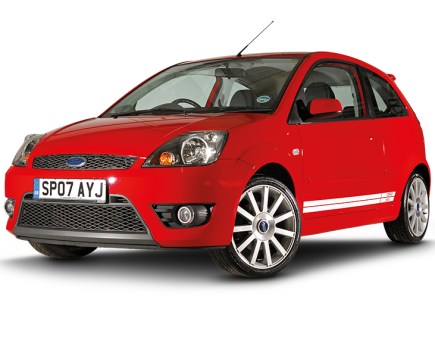It may look like a pukka 1960s’ race car, but you’ve got yoghurts in the fridge that are older than this Ford GT40 continuation.
As this remarkable machine, so evocative of full-bore performance and the thrust of endurance racing, poses in the rain, we’re reminded of Steve McQueen’s ubiquitous 1971 quote; ‘Lotta people go through life doing things badly. Racing’s important to men who do it well. When you’re racing, it’s life. Anything that happens before or after is just waiting’.
In character as Michael Delaney, McQueen spoke those words in the iconic movie Le Mans; a film that grew to be celebrated as a ground-breaking piece that offered innovative camera-work and a visceral depiction of motor racing.
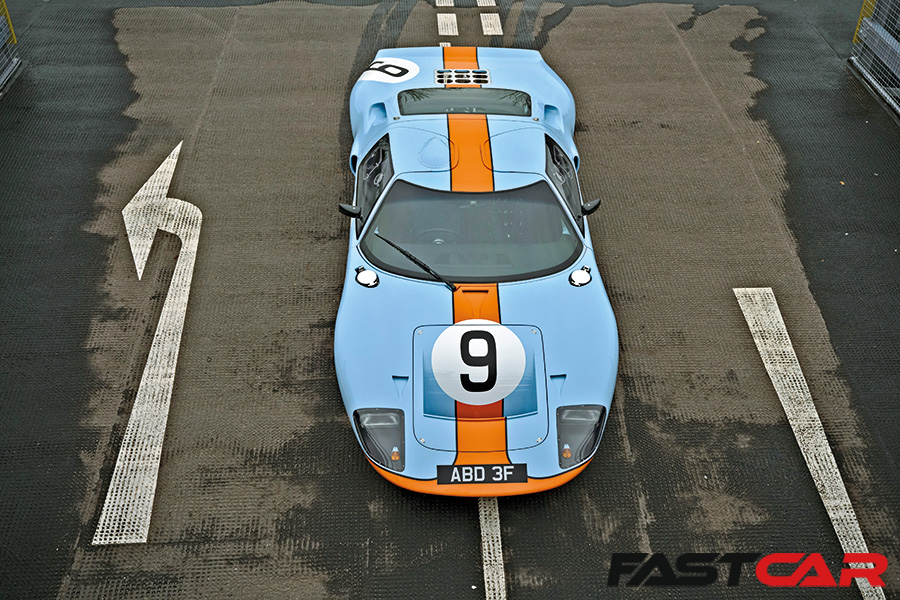
Le Mans ’66 film and GT40 replicas
Of course, the subject matter of the movie was the Le Mans 24-hour race of 1970, so the hero cars were the likes of the Porsche 917 and Ferrari 512. If we want to go back in time to the era of the Ford GT40, it’s more helpful to spool forward to 2019; the movie Le Mans ’66 (named Ford v Ferrari in some markets). This astonishing motion picture has already cemented itself in the pantheon of all-time greats, the stellar performances of Matt Damon and Christian Bale matched by the stunning cinematography of the racing.
One of the truly stirring things about this Hollywood retelling of the 1966 Le Mans is the attention to detail, in terms of set dressing, dialogue, and – most of all – the cars. In particular, the Ford GT40s; to the untrained eye, they were every inch the 1960s’ originals, although they were actually new cars built to period spec by Superformance.
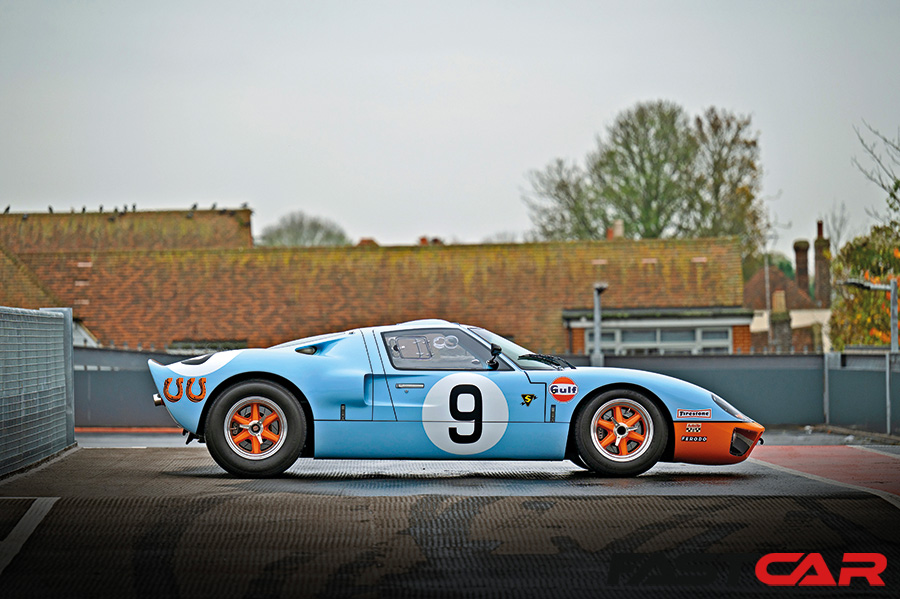
Ford GT40 history
Now, before we get into the nitty-gritty of these cars, it’s worth taking a moment to consider the essence of the GT40 as a model. You see, this was a car built out of spite. As 20th Century Fox so colourfully illustrated, this is the Ford that beat Ferrari.
Cynical observers scoffed at the Ford GT40 when they first saw it, dismissing it out of hand for being too big, too heavy and too simplistic in its engineering.
How on Earth could Ford hope to challenge the established Modenese race car builders with something so crude?
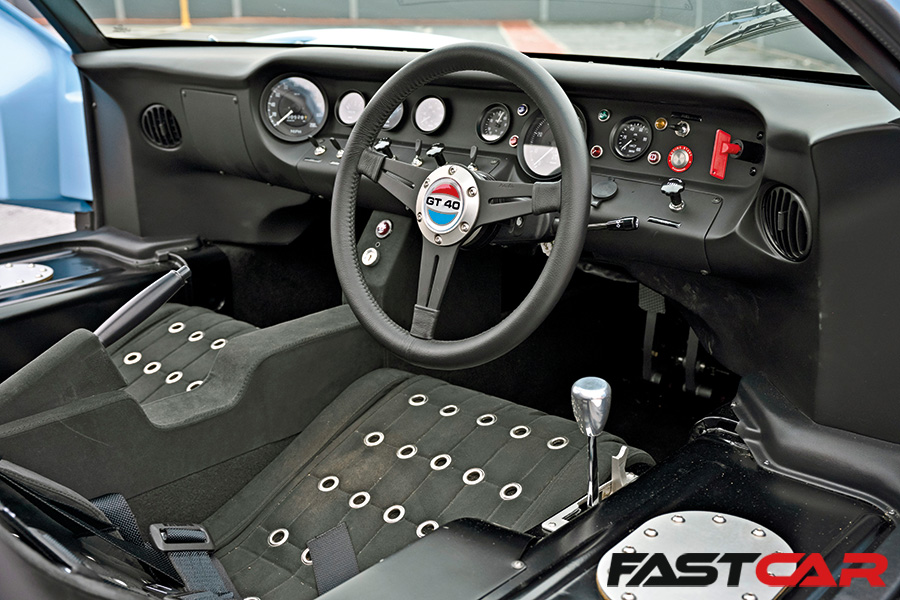
The answer was that, despite its heavy steel construction and old-fashioned iron-block V8 motor, the GT40 was an incredibly cleverly engineered machine – and so it proved, as it became one of the most successful race cars ever to carry the Blue Oval.
But what really makes the GT40’s story so appealing, and the reason so many enthusiasts eulogise about the car’s prowess, is that it’s essentially a tale of revenge.
When Henry Ford II wanted to buy Ferrari, and was quite publicly and humiliatingly rebuffed, he was so angry that he set about challenging the prancing horse at its own game, the overt aim being to embarrass old man Enzo. Battle lines were drawn, and Ford was determined to thrash Ferrari at Le Mans.
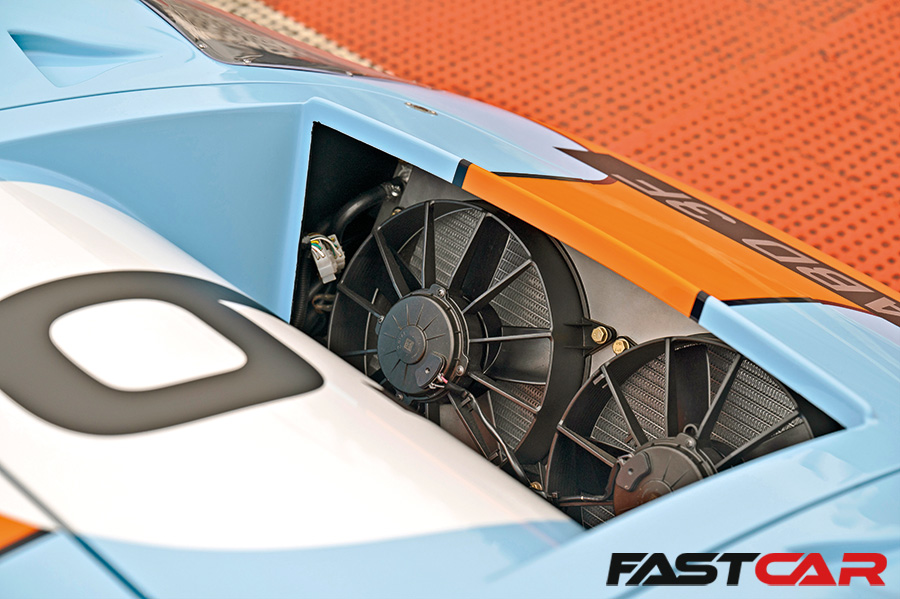
What followed was extensive development on both sides of the Atlantic, and although the GT40 carried the Ford badge, much of the technology under the skin came from Britain; in particular, sports car specialist Lola.
While most GT40s built were purely for racing, a few found their way onto the roads, and Ford even produced seven MkIII examples, which were dedicated road cars.
But as all-time-great supercars go, it’s the original Mk1 GT40 in Gulf Racing colours that takes the crown. After all, when Ford decided to make a road-going supercar in 2004 (and then again in 2016), it’s this car’s spirit (and part of its name) that was channelled.
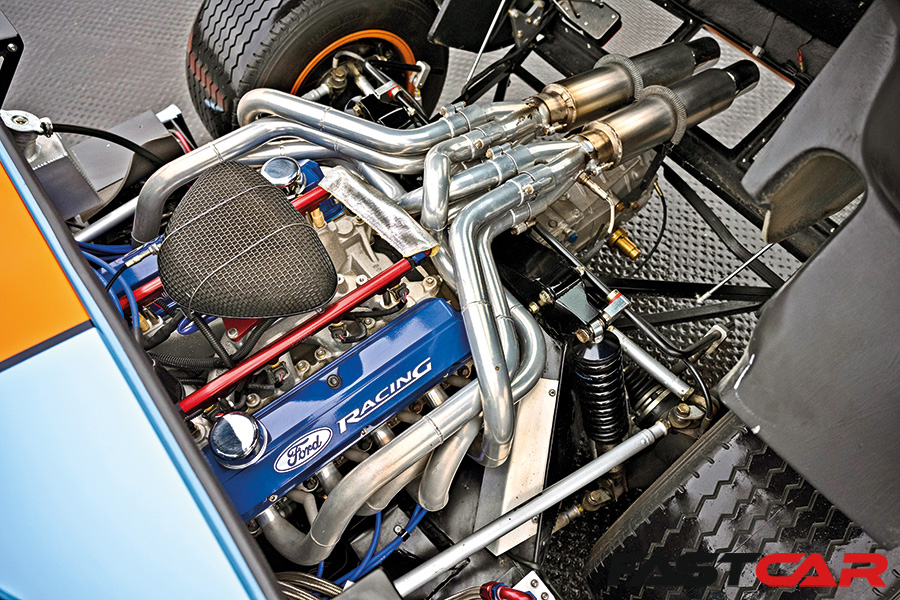
Continuation GT40s by Superformance
In making a modern movie to tell this tale, it was hard to prise the keys of the surviving original GT40 race cars from their owners’ grasps (or, indeed, get them insured for such purposes without being laughed out of the room). Superformance was charged with the task of providing authentic machinery.
And while it’s true to say there have been a great many GT40 replicas over the generations, some more convincing than others, ‘replica’ is not the correct term here. No, these are continuation cars. In fact, Superformance is the only company licensed to build official Ford GT40 continuation cars with correct Shelby chassis numbers; hand-built in South Africa, these cars are so authentic that 85 per cent of their newly-minted parts would be interchangeable with those on an original GT40. Owners are eligible to join the GT40 register and compete in historic races (with their notoriously tight entry regulations). And so, for all these reasons and more, you can appreciate why the car you see before you is something rather special.

Indeed, this Ford GT40 continuation has another famous twist to reveal; although perhaps not quite in the manner you’d expect. This car was originally commissioned by and built for a well-known celebrity TV chef with a penchant for fast cars, as well as baking.
Specced to take a 302ci (4.9-litre) motor but today sporting a 361ci (5.9-litre) Roush-tuned V8, the original owner’s stipulations were that it was equipped with a rod-driven sill shifter, Quaife transaxle, Alcantara interior, driver’s-side Gurney bubble and, most importantly, the legendary blue-and-orange Gulf livery.
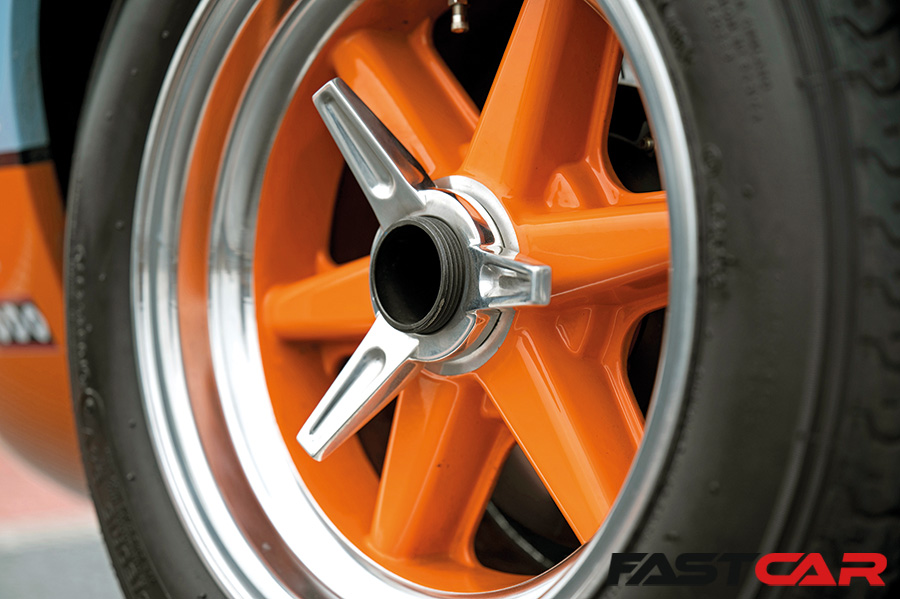
From celebrity owner to Hong Kong Collector
Today, we catch the car in a transitional phase, having been released to a new life from its celebrity owner, and briefly residing in the care of Daniel Cramphorn at Broadoak Performance Cars in Kent.
He says, “I acquired the car from the original owner, and it has been bought by someone I can’t name; although I will say it was one of the world’s most respected car collectors from Hong Kong.
“The GT40 is incredible, so much better than I was expecting; you can appreciate why this car was so dominant in its day, because it’s still very good even by today’s standards. The closest thing I’d liken it to driving is a Ferrari F40, which obviously came 20 years later. It really shows just how far ahead of its time it was.”
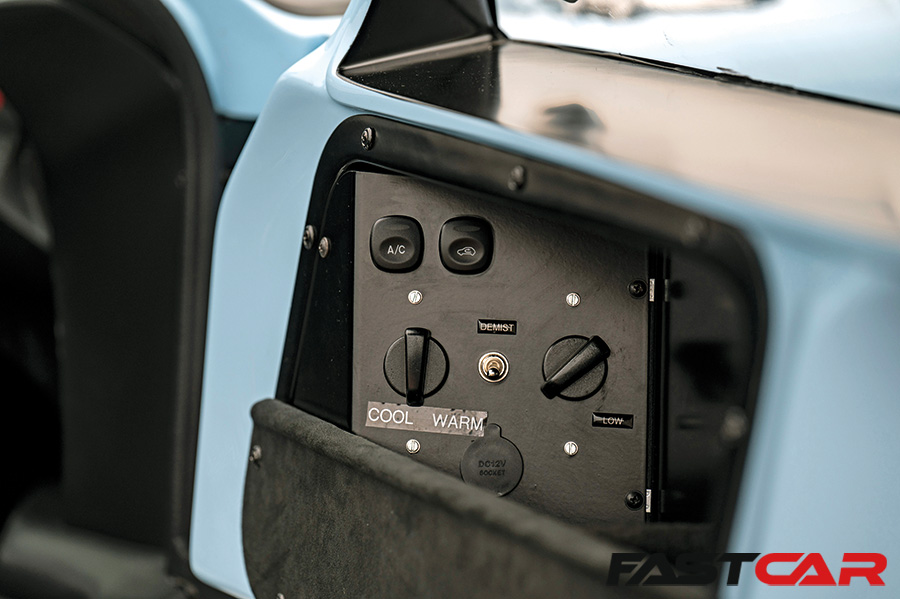
It seems this Ford GT40 continuation really made an impression on Daniel. He continues: “Every mile was a real pleasure, and a huge sense of occasion. Obviously it was fast and loud, but I never expected it to be so confidence-inspiring too. If I could have driven it anywhere it would have been at a warm and dry Goodwood, as I’m sure on circuit it would be absolutely spectacular.
“And I have to say, huge credit to Superformance and Le Mans Coupes [the official UK Superformance agent], because the build quality and finish was outstanding. I actually think these cars are too cheap – if they doubled the price, people would probably better understand just how good they really are.”
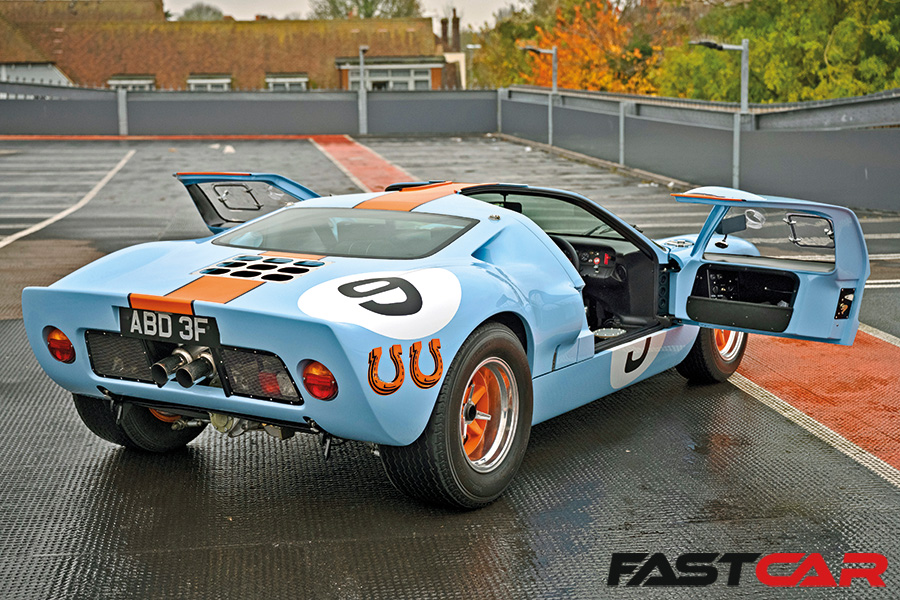
And that’s very much the crux of what the Ford GT40 has always been about: the element of surprise. Surprisingly capable, surprisingly affordable (well, in relative terms) – and, in box-fresh Superformance guise, properly surprising to see rumbling down the high street.
Feature from Fast Ford magazine. Photos: Jason Dodd.
Tech Spec: Ford GT40 Continuation
Engine:
5900cc Roush small block Ford V8
Power:
430bhp (owner’s estimate)
Transmission:
Dog-leg five-speed manual, rod-driven sill shifter, Quaife transaxle
Suspension:
Bilstein shocks, H&R springs
Brakes:
Front: Wilwood Aero6 callipers; rear: Wilwood Aero4 callipers, slotted discs
Wheels & Tyres:
8x15in (front) and 10x15in (rear) six-spoke wheels with knock-off spinners, 215/60 (front) and 295/50 (rear) Avon radials
Exterior:
Gulf livery, driver’s-side Gurney bubble, race roundels
Interior:
Alcantara trim, bucket seats with exposed eyelets, Willans harnesses, Smiths gauges, air conditioning

